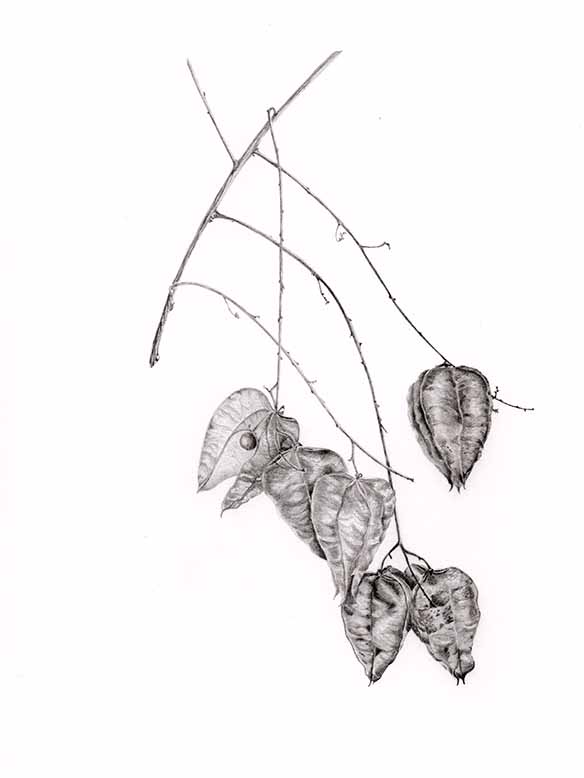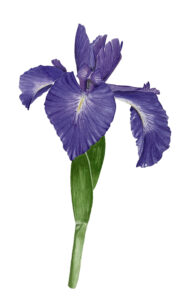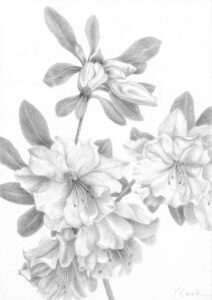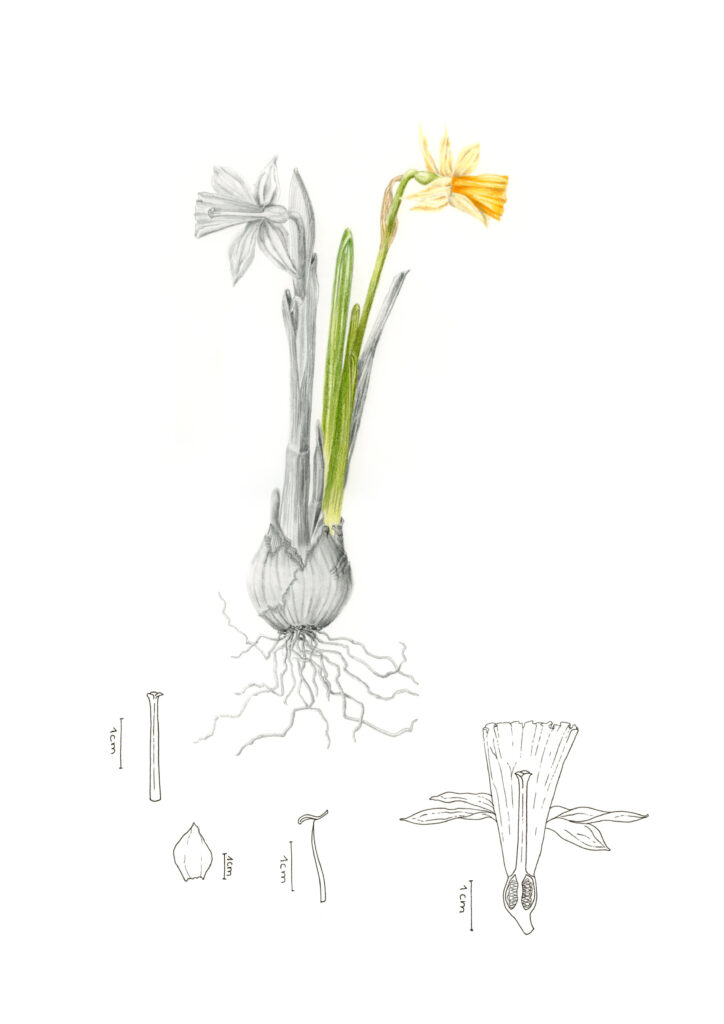Let’s start by understanding what botanical art is. As I mentioned in another blog post, botanical art involves creating artwork that accurately represents the anatomy or morphology of a plant subject. However, it’s important to note that the final artwork is not only accurate but also visually appealing and beautiful.

Using Graphite Pencil
Graphite pencils play a crucial role in botanical art and illustrations, serving as an essential tool for artists. With their wide range of tones and textures, these pencils allow artists to capture even the most intricate details with precision. By utilising different grades of graphite, artists can control the darkness and softness of their lines, enabling them to achieve the desired shading and blending effects. In addition, artists can experiment with various techniques and tools such as erasers, stumps, and brushes to further enhance their artwork and create unique effects that add depth and dimension to their botanical illustrations.
The Use of Watercolour in Botanical Art
Botanical artists skillfully use watercolours to bring their subjects to life with vibrant colours and delicate details. Through transparent washes, we create depth and realism, capturing the essence of botanical specimens. With mastery of techniques like dry brushing, they add intricate details, emphasising the textures and forms of plants. Learning to mix colours is essential for achieving the desired level of realism, as artists become experts in pigments and colour blends. By harnessing the flowing nature of watercolours, botanical artists achieve a level of realism that truly showcases the beauty of the natural world.
If you’re interested in learning more about colour mixing, I recommend checking out Jane Blundell’s website. She is an Australian watercolourist and expert in this field. On her website, you can find information about various watercolour brands and pigments available in the market for fine artists, and she provides valuable and interesting comparisons. I discovered her website at the beginning of my watercolour journey in 2016 when I realised that this was the technique I wanted to specialise in.


Silver Point, a Technique from the Old Masters
The silverpoint technique has a long and rich history, dating back to the Renaissance era. Old masters like Leonardo da Vinci and Albrecht Dürer used a silver stylus to create intricate and shimmering lines on specially prepared surfaces.
Today, botanical artists continue to use the silverpoint technique to bring a sense of elegance and ethereal beauty to their artwork. The silver point creates delicate, silvery-grey lines that develop a subtle patina over time, adding a timeless quality to botanical illustrations. The fine and precise lines produced enhance the complex details of botanical subjects, resulting in stunning, finely textured artwork.
This is a technique that personally fascinates me, and I hope to try it out soon!
Using Coloured Pencils in Botanical Art
Coloured pencils offer a remarkable level of versatility in botanical art, allowing artists to create stunning illustrations with depth and realism. Through layering and blending techniques, artists can achieve a wide range of tones and textures, capturing the intricate details of botanical subjects. By carefully layering multiple colours on top of each other, artists can create subtle variations and delicate transitions that bring their illustrations to life. The ability to blend colours seamlessly adds a sense of depth and dimension, enhancing the realism of the artwork. Coloured pencils also allow for precise detailing, enabling artists to capture the intricate textures and patterns of plants with accuracy. In addition to this, the vibrant hues achievable with coloured pencils bring a sense of vibrancy and vitality to botanical illustrations, making the artwork visually captivating. With coloured pencils, artists can express their creativity and skill, producing botanical art that is both visually stunning and true to nature.

To conclude this blog post about Techniques and Styles in Botanical Art
Botanical art takes us on an enchanting journey into the intricate world of nature’s beauty. Through delicate pencil detailing, vibrant watercolour washes, the silver point technique, and the versatility of coloured pencils, artists bring botanical subjects to life with precision and creativity. Exploring these techniques and styles allows us to appreciate the depth and realism captured in botanical art.
I invite you to join me on this artistic adventure by following my blog. If you have any questions or would like to share your thoughts, feel free to get in touch with me. I would love to hear from you.
Thank you for your time and interest in my blog. Stay tuned for the next blog post, where we will continue to explore the wonders of botanical art.